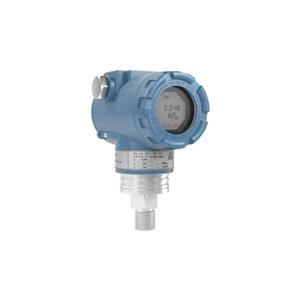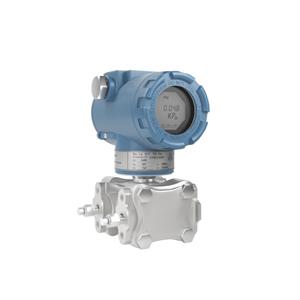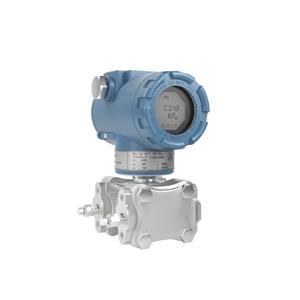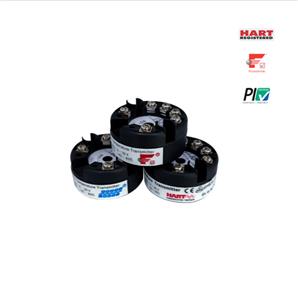Analysis and Thinking on the Standardization Process of Fieldbus Technology
By analyzing the needs of users, we can roughly divide the technical requirements and expectations of users on the fieldbus into the following three levels:
1) The interconnection between intelligent components and controllers (stations) is mainly intended to replace traditional I/O cables. It is required to transmit traditional I/O data, and additionally transmit some alarm and fault diagnosis information unique to intelligent components.
2) On the basis of transmitting the above real-time monitoring data, the user's further requirement is to conduct centralized engineering design configuration, dynamic program modification and download, and remote diagnosis and calibration of components through the network.
3) On the basis of interconnection and interworking, users hope to "reconstruct" the system under various circumstances, such as in the case of component damage and replacement, system reconstruction and expansion, system upgrading or partial upgrading, etc., which requires accessibility to third-party components or upgraded products under new technical conditions.
It can be seen from the requirements of the above users that they hope to realize the "interconnection", "interworking" and "interchange" between various intelligent components and controllers (stations) by means of field bus technology and network data communication, but it is not required that all these functions must be realized in a "single" unified network. Just as users want to realize e-mail, file download, network browsing, online games and other services on the Internet, this does not require that the Internet network must be a "single" "homogeneous" network.
From the perspective of the construction model of communication protocols, almost all of the current communication protocols generally refer to the seven layer model of OSI, but most protocols build a "vertically integrated" protocol stack from the physical layer "bottom-up", making it difficult to "interconnect" and "interoperate" between the eight standard protocols at any level, let alone "interchange". In fact, the purpose of formulating the OSI layered model is to divide the communication entities covering different technical elements and different development and change rates into independent layers, so that each layer can not only combine with each other to form an end-to-end complete protocol stack, but also develop independently without restricting each other. For example, in the most familiar Internet network protocol cluster, the reason why the Internet can be so successful is that the TCP/IP protocol stack is the core, which can serve many different application layer protocols (WWW, FTP, e-mail, etc.) on the upper side, and can be implemented on many different LAN (Ethernet, FDDI, etc.) and WAN (dial-up network, X.25, etc.) platforms on the lower side.
In a sense, the current dilemma in the standardization process of fieldbus technology may be largely due to the fact that the "single vertically integrated isomorphic network", which is too "ideal", was set as the goal of the technical standard at the beginning of the day. The result is not only that the goal cannot be achieved, but that it is counterproductive, and the situation of "numerous disputes and incompatibilities" has emerged.




